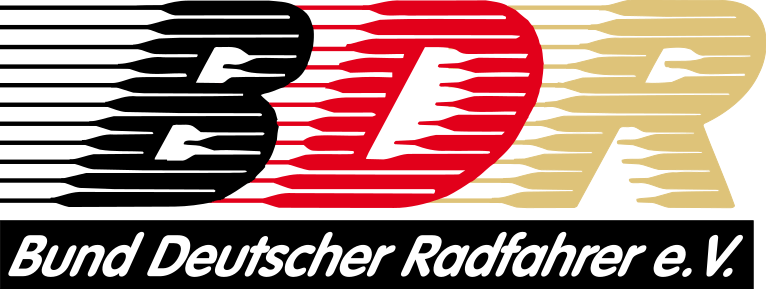Using the 2011-16 Tours de France to refine prediction model and elicit racing strategies
(Die Tour de France 2011-16 nutzen, um das Vorhersagemodell zu verfeinern und Rennstrategien zu entwickeln)
Every year our research group predicts winning times of all 21 Tour de France stages using a model that treats each stage as a series of inclined planes. We report here on our most recent modification to our model and its subsequent performance for the 2016 Tour de France, for which we predicted 14 stages to under 5% error, four of which were under 1% error. Our model is mainly focused on generating stage-time predictions, however, we also showcase how it accurately represents the rider speed throughout a given stage. We also report on the 2016 model`s performance applied to the last six Tours de France. This year`s model appears to have an accurate power function for the last four Tours de France; however, it over-predicted the power output for 2011 and 2012. We note a trend of better predictions for both mountain stages as well as stages occurring at the end of the race. We also provide a comparison of our current power model with an ideal power model to discuss these trends.
© Copyright 2017 Proceedings of the Institution of Mechanical Engineers, Part P: Journal of Sports Engineering and Technology. SAGE Publications. Alle Rechte vorbehalten.
| Schlagworte: | Radsport Straßenradsport Modellierung Prognose Taktik Längsschnittuntersuchung |
|---|---|
| Notationen: | Naturwissenschaften und Technik Ausdauersportarten Sportstätten und Sportgeräte |
| DOI: | 10.1177/1754337117708459 |
| Veröffentlicht in: | Proceedings of the Institution of Mechanical Engineers, Part P: Journal of Sports Engineering and Technology |
| Veröffentlicht: |
2017
|
| Jahrgang: | 231 |
| Heft: | 3 |
| Seiten: | 232-240 |
| Dokumentenarten: | Artikel |
| Sprache: | Englisch |
| Level: | hoch |
